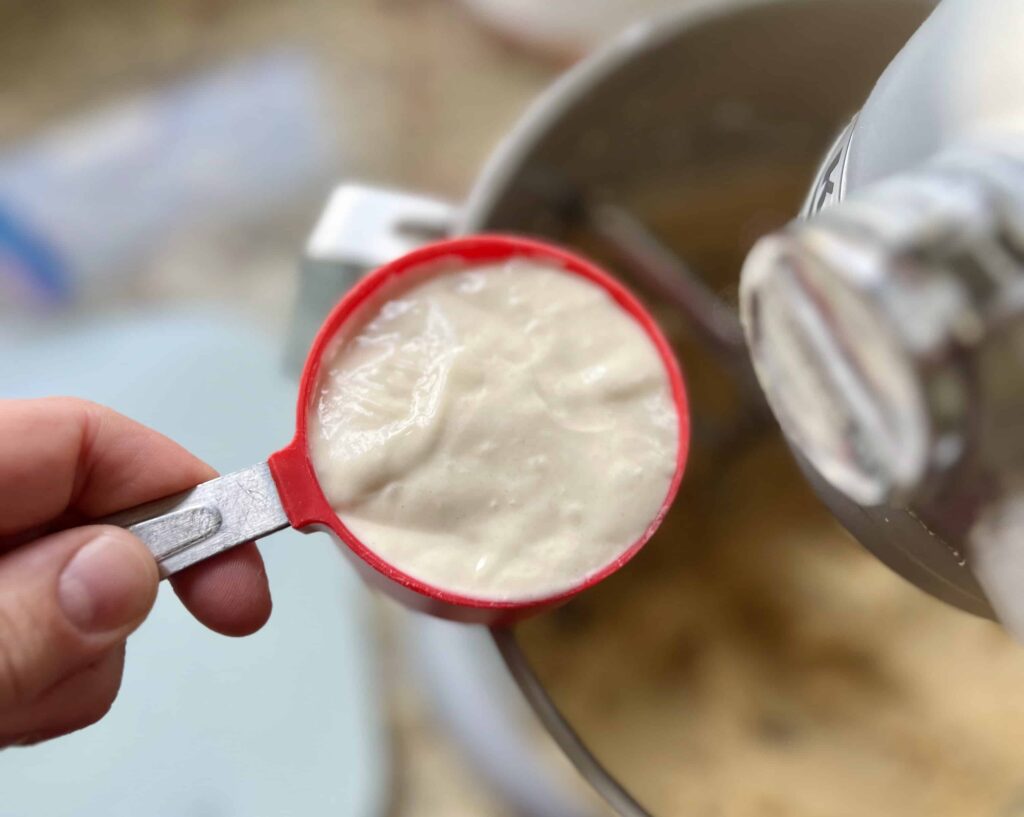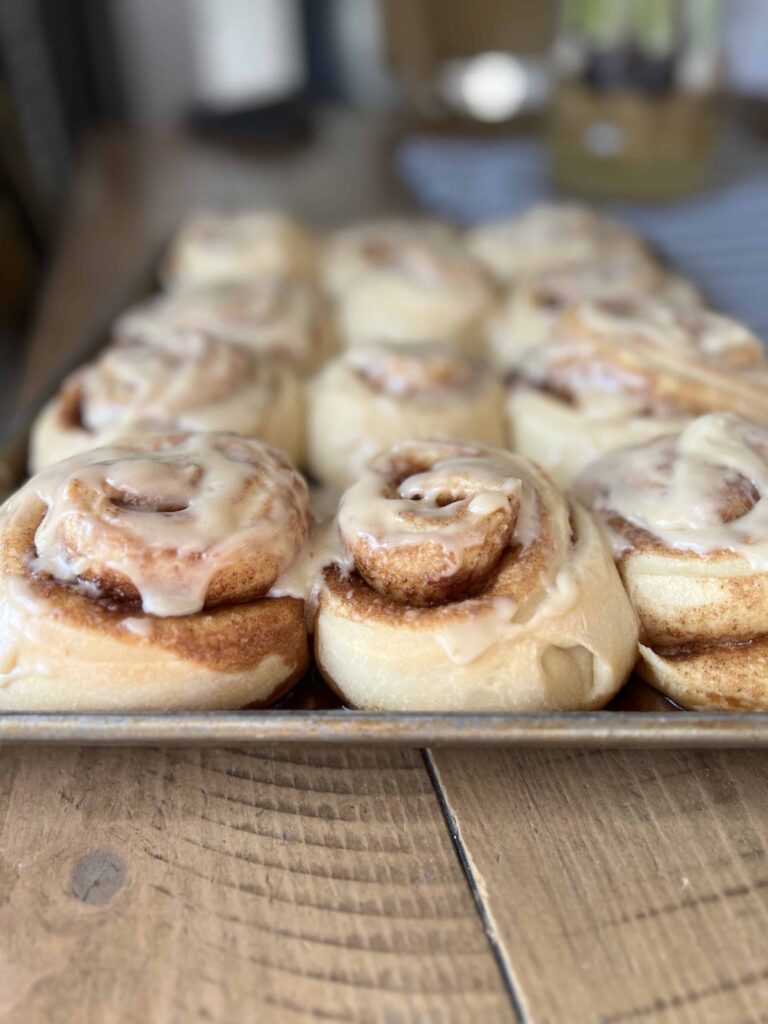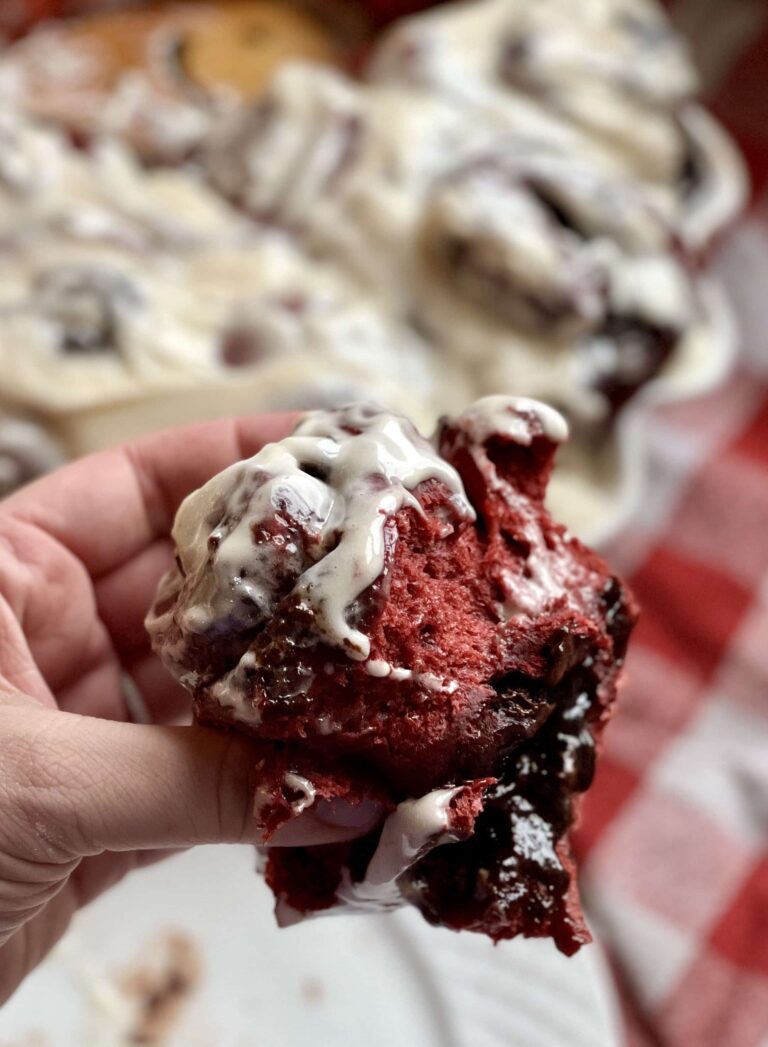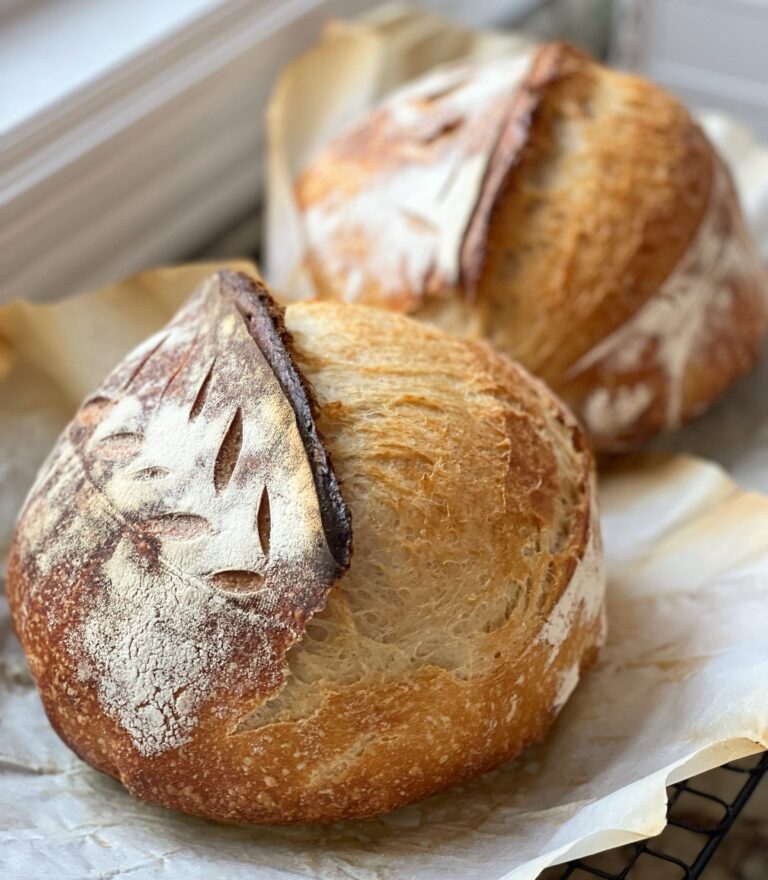How to Add Sourdough Discard to Any Recipe
This post may contain affiliate links. Please read our disclosure policy.When it comes to discard, there are often two camps. Those who love it and those who don’t know what to do with it! I fall into the camp of loving it. Let me tell you why: sourdough discard can be added to almost any baked good. It’s easy to use and recipes baked with discard taste delicious! This article will teach you how to add sourdough discard to any recipe.

What is Sourdough Discard?
Sourdough discard is a by-product of maintaining or “feeding” a sourdough starter. When feeding a starter, flour and water are combined with a portion of the starter to restart the fermentation cycle. After a starter goes through the fermentation cycle, anything you don’t re-feed is thrown away or discarded. That’s where discard gets its name. Many people don’t like to waste, so they save this discard in the fridge and add it to recipes. It no longer works as a leavening agent, but it can give some flavor to recipes or just be used up so you have less waste.
What are the Benefits of Sourdough Discard in a Baked Good?
- Less Waste: Many people, myself included, don’t like wasting the discard. Depending on your feeding ratio, you might be producing a lot of discard or a little. I like finding creative ways to use my discard.
- More Moisture: Adding discard to recipes adds extra moisture to the baked good. This can make for delicious muffins, pancakes, waffles and more!
- Flavor: Discard has gone through the fermentation cycle and typically has a more sour flavor from the bacteria. Many people like this flavor in savory bakes: crackers, biscuits, pretzels, etc…
- Long Ferment: Discard recipes do not rely on any leavening from the sourdough. However, many people do like to long ferment batters and dough with the discard. This will have a more sour flavor than starter usually has and can produce some of the same health benefits as traditional sourdough.

How Long Does Sourdough Discard Last?
My personal preference: I don’t like using discard more than 1 week old due to flavor. However, discard can be kept in the refrigerator and used for months, as long as there is no mold on it.
Sweet Recipes: Use a young discard (straight from the starter when it’s re-fed) unless you want a sour flavor coming through.
Savory Recipes: Use discard up to a week old.
Looking for Delicious Sourdough Discard Recipes?
How to Add Discard to Any Recipe:
1. Calculate the weight of how much discard you want to add to a recipe
- e.g.: I have 100 grams of discard I want to add to a recipe
2. Look at the weight of the flour and the liquids in your recipe
- e.g.: My recipe calls for 300 grams flour and 200 grams milk
3. Split the weight of the discard in half and apply it to the flour and water
- e.g.: 100 grams of discard at 100% hydration will compensate for 50 grams of flour and 50 grams of water
4. Decrease the amount of flour by 1/2 of the weight of the discard you are adding
- e.g.: For 300 grams of flour in the original recipe and 100 grams of discard, subtract 50 grams of flour resulting in 250 grams of flour in the discard recipe
5. Decrease the amount of liquid by 1/2 of the weight of the discard
- e.g.: For 200 grams of milk in the original recipe and using 100 grams of discard, subtract 50 grams of milk resulting in 150 grams of milk in the discard recipe
6. Mix up the recipe with those new quantities of ingredients
- e.g.: 100 grams discard, 250 grams flour, 150 grams milk. All other ingredients remain the same.






What if water is not called for in the original recipe?
If there’s no water called for, look for another liquid in the recipe you can use to substitute in the discard. Some recipes (like cookies) don’t usually call for any liquid. I often have to reduce the egg in the recipe to compensate for the discard. You can also try adding less discard to recipes that don’t have liquid in them. Be careful that you’re not taking out key leavening ingredients, though!
Looking for Discard Cookie Recipes?
A Few Other Tips:
1. I usually use anywhere from 100-200 grams of discard in a recipe.
2. Using 100% hydration discard is much easier for making these calculations.
3. With some recipes, you can just add the discard right in without doing the calculations—pancakes and waffles are good bets for this method.
4. Recipes without a lot of liquid can be a little more tricky for making substitutions; you may have to adjust the ingredients a bit more to get the best results.






Sourdough Beginner Guide
Want more in-depth Sourdough instruction?
Check out my online sourdough classes or take a class in person.







Thanks for this tutorial! 👩🏼🍳❤️
I highly recommend using discard, at least for the health benefits as the partly-digested gluten, neutralized phytic acid with its complement of liberated nutrients, and lactic acid will set your gut flora straight and then move on to the rest of your body, kicking Candida overgrowth to the curb and delivering B vitamins to your cells to feed your mitochondria. It just may point out health issues you didn’t know you had, as it did for me!
So glad you are enjoying using sourdough discard. Thanks for sharing your experience.